Classic-rock fan George Petersen doesn’t need another copy of Pink Floyd’s “Dark Side of the Moon” or Cream’s “Disraeli Gears.” He has spent the past four decades buying and re-buying his favorite music in a succession of new formats: vinyl, 8-track, cassette, compact disc, Super Audio CD, DVD-Audio.
Enough is enough. The basement is full.
“We as consumers have been trained by the music industry to go out and buy a new piece of plastic every few years,” said the 51-year-old Petersen, editorial director of Mix, a San Francisco-based magazine that covers professional sound recording. “Why do we keep buying the same things?”
It’s a good question. Now get ready for the day when you open your wallet and buy “Abbey Road” all over again.
With tonight’s 47th annual Grammy Awards in Los Angeles drawing attention to the ever-shifting world of the recording arts, Petersen and many other music-biz insiders agree that, in the next decade or so, the CD will very likely be surpassed as the album format of choice.
“The new format is no format,” predicted Petersen, a 24-year industry veteran who also owns a record label, a recording studio and a music-publishing company. “What the consumer would buy is a data file, and you could create whatever you need. If you want to make an MP3, you make an MP3. If you want a DVD-Audio surround disc, you make that.”
“We’re moving beyond the media stage to the delivery stage,” agreed Mitch Gallagher, 41-year-old editor of EQ, a San Mateo, Calif.-based magazine for music producers. At some point, he said, “you won’t have something to hold in your hand” until you transfer a data file to a blank disc or tape.
“We can make our own plastic,” Petersen said. “I’ve been thinking this is what should happen for years, but it’s actually the way we’re going anyway.”
Think “Dark Side of the Moon” as an invisible cyberswirl of 1’s and 0’s. No CD case. No liner notes to flip through. No… nothing.
Your preferred music star could provide a myriad of songs, bonus cuts, commentary, videos, album art, you name it. You, however, would have ultimate power: which songs stay, which songs are deleted, which songs go where. Surely, if Paul McCartney offered a new, computer-based “Abbey Road” with alternate takes, making-of-the-disc footage and other historical arcana, Beatles fans would want it. Or some of it, anyway.
Record executives devote a lot of thought to the future of the product they’ve long manufactured. “Five years from now, absolutely there will be CDs. Ten years from now, though, there will be fewer,” compared with other digital music options, said Larry Miller, the 47-year-old CEO of the Or Music label, a Sony Corp. offshoot that gained notoriety this year for its biggest act, Los Lonely Boys, the Tex-Mex trio nominated for four Grammys. “As far as another [physical format], if it exists, I haven’t heard about it…. When I look three to five years in the future, I believe that 20 to 25 percent of music purchased will be downloaded.”
Sitting at your laptop, pressing a few buttons and cueing up Bob Dylan may not seem very rock-and-roll. Will air-guitaring give way to air-mousing? And with each listener compiling his own version of an album, will there even be “albums” anymore? Are we looking at a mixed-up, mix-tape future?
Not anytime soon. The compact disc has had a great run – developed by Philips and Sony in 1979, introduced to the United States in the spring of 1983, 1 billion in world sales by 1990. And it’s still going strong.
According to Nielsen SoundScan, which keeps official tabs on point-of-purchase sales of recorded music, 2004 was a comeback year for the CD. Sales of CD albums, which make up 98 percent of all album sales, were up 2.3 percent compared with 2003. (R&B hunk Usher, who is up for eight awards at tonight’s Grammys, was the top-selling artist in 2004, moving more than 9 million copies of his album “Confessions.”)
These are hopeful numbers for an industry that saw sales plummet over the four previous years.
“I think CDs are going to be around for a long time,” said Petersen. “The cassette was a silly format. It was never designed to be a high-fidelity format. Plus like LPs, you had to flip the media over halfway through. Music buyers are still replacing all their favorite albums on CD.”
“Remember,” Miller said, “college kids and urban adults are buying their music online, but everybody else is buying their records at Best Buy and Wal-Mart.”
However, there are other, contradictory statistics lurking out there:
During the second half of 2004, more than 91 million digital tracks – songs downloaded from the Internet – were sold, compared with 19.2 million in the same period in 2003. That’s an increase of 376 percent.
More than 140 million digital tracks were purchased during 2004. Plus in the last week of 2004, digital track sales hit a record 6.7 million.
Apple Computer Inc. CEO Steve Jobs has seen his company’s iPod digital music player, which starts at $250, sell more than 10 million units since 2001 – and 8.2 million in 2004 alone. The iPod, no bigger than a pack of cigarettes, can hold up to 10,000 songs. Apple also recently released the iPod Shuffle, a less pricey (starting at $99) and less capacious version of the iPod; sales have been brisk. Pepsi is now giving away songs on the iTunes Music Store – the online site where iPod users can plug in and download.
Record labels, which also profit when one of their artists is downloaded from services such as iTunes, are excited about “how steep [download numbers] continue to climb,” Miller said.
In other words: CD album sales are bright, but the downloadable digital future is blinding.
Apple also offers docking stations and various other gizmos that allow users to hook up their digital music players to home entertainment systems. That way, they can pump out their own carefully selected and precisely ordered song lists for all to hear.
Consumers are craving convenience and want to customize their music-listening experience, said John Simson, CEO of SoundExchange, the first performance-rights organization designated by the U.S. government to collect royalties on behalf of artists and labels.
“What we’ve been seeing is just going to continue to develop,” Simson said, adding that the popularity of downloadable music will force musicians, labels and watchdog groups such as SoundExchange to make sure all the right people are getting paid. “You’re going to see record companies become much more focused on licensing. There are already subscription services now where you can listen to whatever you want when you want it.”
Indeed, Napster’s To Go subscription service allows buyers to essentially rent an unlimited amount of music for $15 per month. A subscription-based service will be built into the latest version of Microsoft Windows; for between $10 and $20, users will access songs for a monthly fee but will be unable to burn them onto CDs. The only way they’ll be able to listen to them is via a digital music player such as the iPod, or on a computer.
More than 30 percent of CD albums last year were bought online. So, for record stores to keep up with the times – Tower Records filed for Chapter 11 bankruptcy protection last year, citing competition from the Internet and big-box stores – Petersen said merchants have to modernize their approach.
“Everyone said the Internet is going to kill physical CD sales, but it’s actually helping CD sales,” Petersen said. “The Amazon experience is easier than going to a store…. Why aren’t record stores using the Internet? If you keep things old-school, you are going to die.”
In the “no format” future, Petersen added, record stores, in order to better serve consumers who might not have all the technology at home, should burn CDs for customers and offer high-resolution graphics for a jewel case.
Liner notes and album art will be downloadable, too. Still, the days of sprawling on the floor and gazing at an album cover are waning.
“As we move forward, if you’ve never had [album art], you don’t miss it,” Gallagher said. “Ultimately, what’s important is the content.”
“Once you’ve loaded 10,000 songs onto your iPod, album art is pretty much out the window anyway,” Petersen said.
Those sighs you hear are all the people who remember getting lost in the bizarre beauty of Elton John’s “Captain Fantastic” cover design. Or the “Sgt. Pepper” shot.
The good news for curmudgeonly souls unwilling to embrace a brave new world is that there will probably always be something “physical” to stuff in their purses, even if they have to make it themselves.
“I think there will always be a market for the physical product,” said Steve Blatter, 38-year-old vice president of music programming for Sirius Satellite Radio, a company that intends to thrive on the consumer’s desire to customize musical options. “If you just want to listen to music on your computer, think about what you have to go through to listen to that Ashlee Simpson song.
“There is a simplicity to the CD player.”

